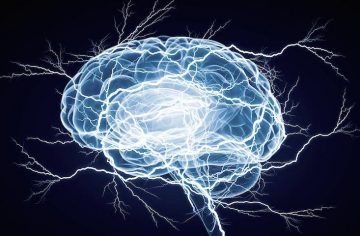Tam Hunt in Nautilus:
 Christof Koch is a neuroscientist distinguished by his rock-solid scientific work and romantic yearning to understand consciousness. He recently closed an essay by wondering: “What is it about the brain, the most complex piece of active matter in the known universe, that turns its activity into the feeling of life itself?” No coincidence with that phrasing—The Feeling of Life Itself is his latest book. He argues that consciousness is produced by the brain but that it’s also more widespread in nature than we might suppose.
Christof Koch is a neuroscientist distinguished by his rock-solid scientific work and romantic yearning to understand consciousness. He recently closed an essay by wondering: “What is it about the brain, the most complex piece of active matter in the known universe, that turns its activity into the feeling of life itself?” No coincidence with that phrasing—The Feeling of Life Itself is his latest book. He argues that consciousness is produced by the brain but that it’s also more widespread in nature than we might suppose.
His essay described new experimental work, from Stanford neuroscientist Kieran Fox and his colleagues, that explored the effects of electrically stimulating the brain, which revealed an ordering principle. That is, the more removed from sensory input or motor output structures a brain region is, the less likely it is that it contributes to our subjective experience. The “exacting data,” Koch wrote, “provides critical causal, not just observational, evidence to identify the neuronal correlates of consciousness.”
Neuronal correlates of consciousness are the parts of the brain thought to be required for consciousness to occur. The idea that there are only neuronal correlates of consciousness, and that these correlates are the patterns of synaptic firing in specific parts of the brain, is what you might call the conventional view in neuroscience. If we peer deeply into the brain, in other words, what we’ll find is that electrochemical synapse firings—produced by neurons of various types—are responsible for, as Koch puts it, the feeling of life itself, consciousness.
More here.
